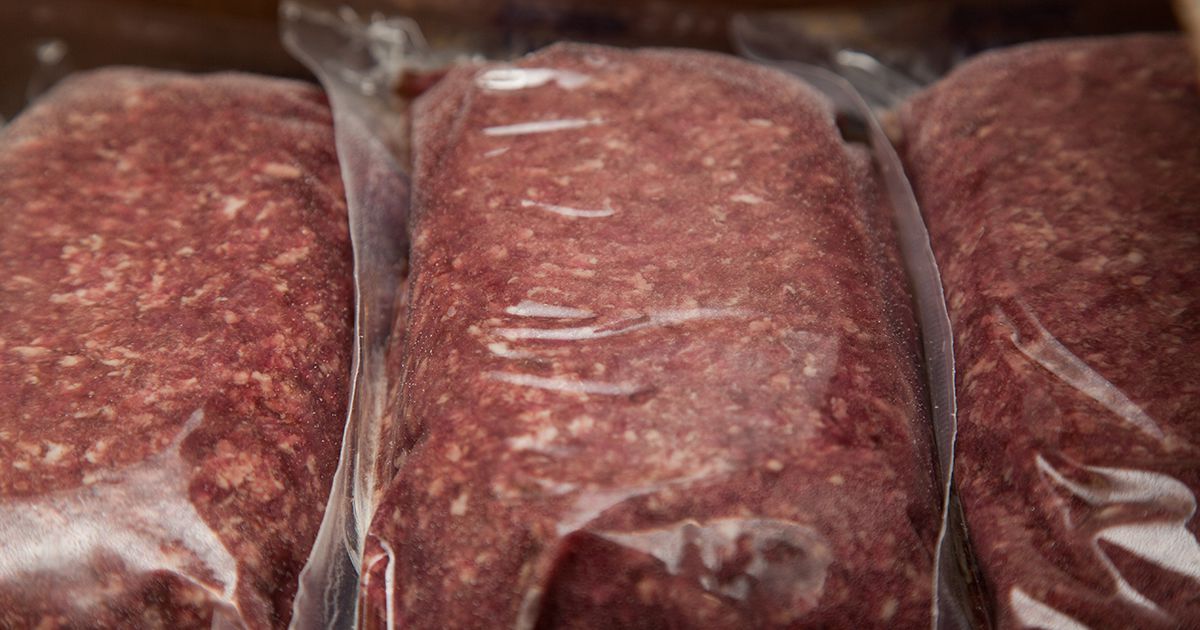
Research Shows: Composition of Fatty Acids in Beef Determine the Desired “Umami” of Wagyu Beef

According to this research paper out of Australia, the “lustre, texture and properties” that are so desired by those consumers purchasing Wagyu beef across the world come from the beef’s specific fat composition.
The Japanese fat had considerably less saturated and more unsaturated fatty acids resulting in much higher unsaturated/saturated ratios (1.9) compared with the Australian samples (1.0). This resulted primarily from the high contents of oleic and palmitoleic acids and the low content of stearic acid of the Japanese samples. The triacylglycerols from the Japanese fat had considerably less tri-saturated and di-saturated fatty acids and more di-monounsaturated and tri-monounsaturated fatty acids in their structure.
In our breedings we aim to produce offspring with increased intramuscular fat percentages (IMF%) because that’s what our customers desire and are willing to pay for. While that objective is clear, breeding towards that goal is complicated, as any seasoned producer can attest to. The SCD genetic test is a step towards simplifying and systematizing this breeding goal – another tool in the breeding toolbox. As written by Dr. Tadayoshi Mitsuhashi, “By using the SCD gene we can select the cattle which can deposit a soft and oleic acid rich fat that is delicious and healthy.”
From the AWA website:
Stearoyl CA desaturase (SCD) is the enzyme which changes stearic acid into oleic acid. The fat of cattle is composed of 6 main fatty acids. Within these fatty acids one of the saturated fatty acids is stearic acid. Stearic acid makes deposited fat harder and increases the melting point. Conversely oleic acid makes the fat soft with a low melting point. Olive oil is an example of a product that has abundant oleic acid.
